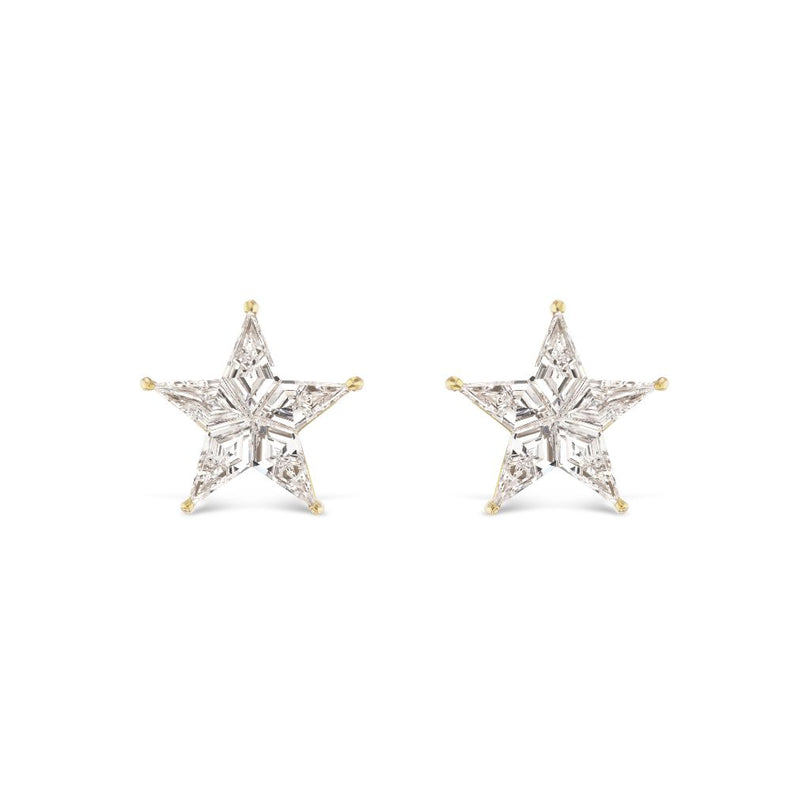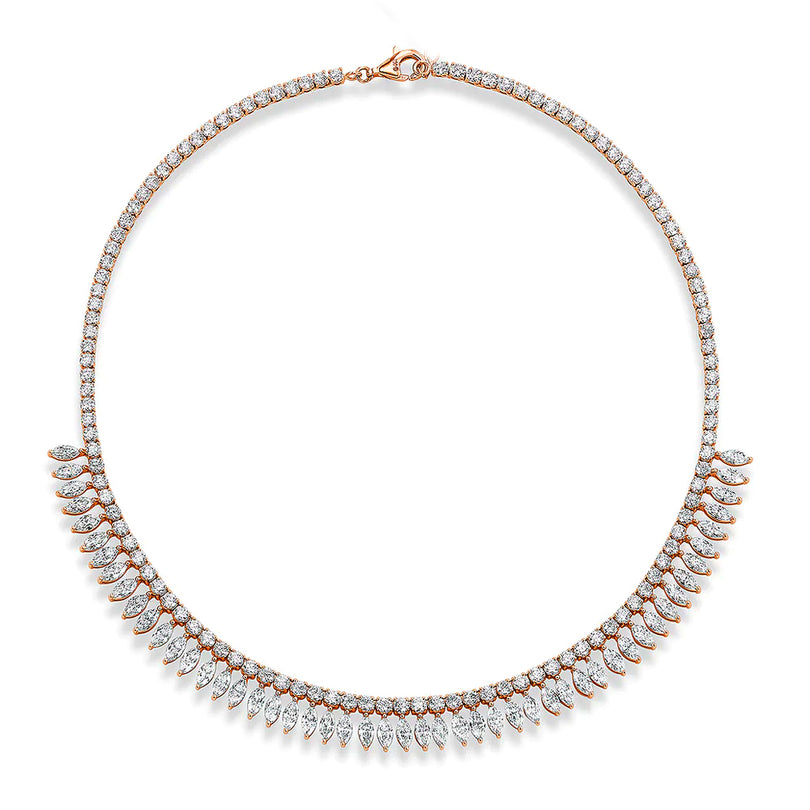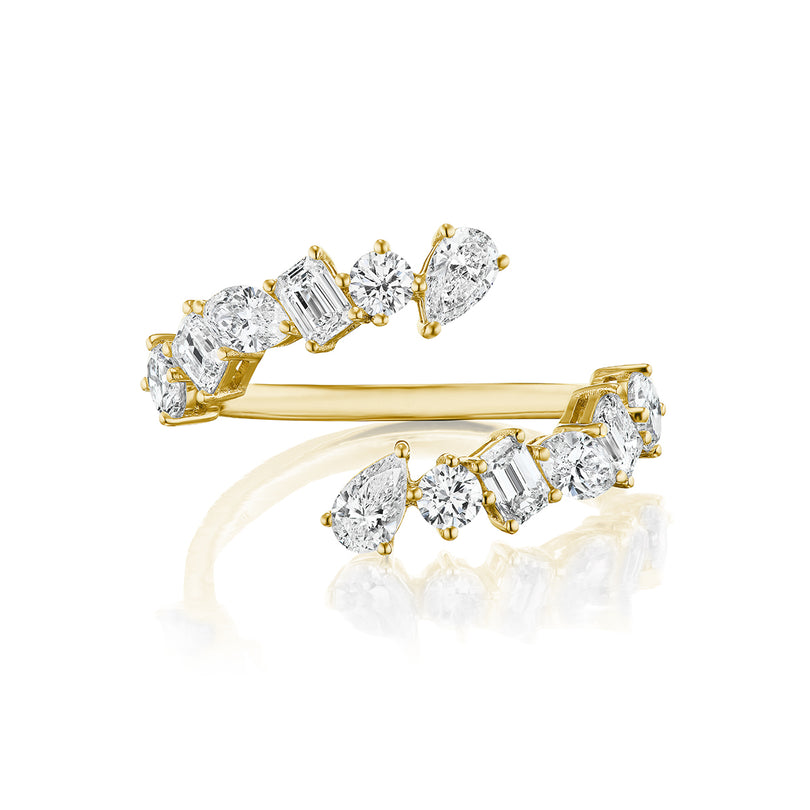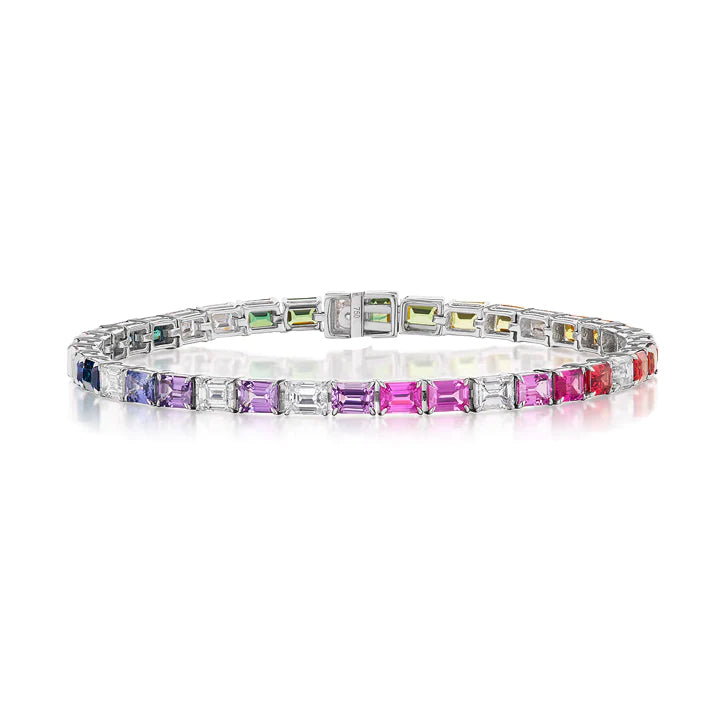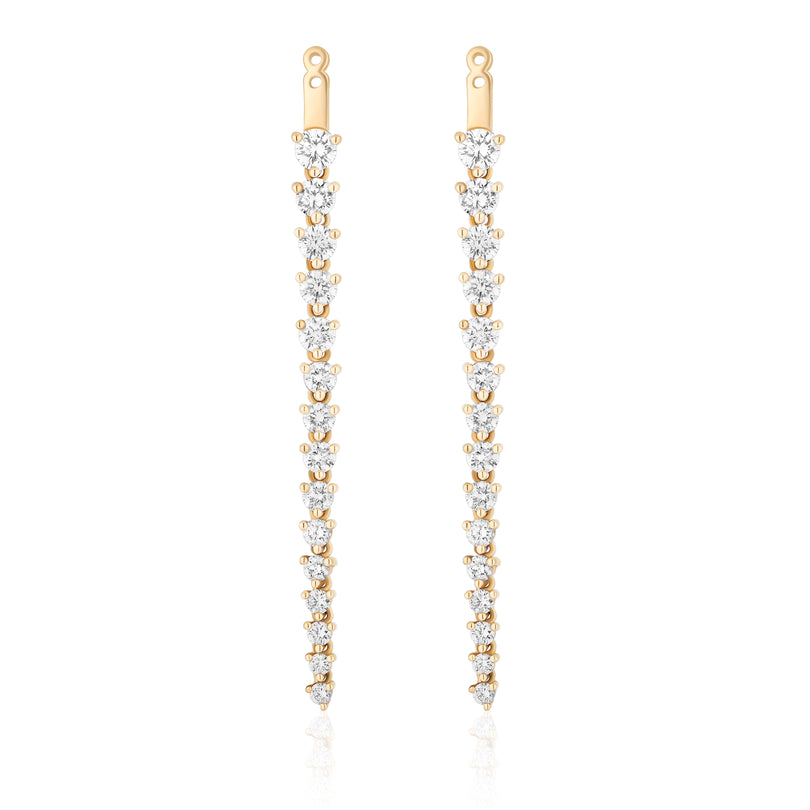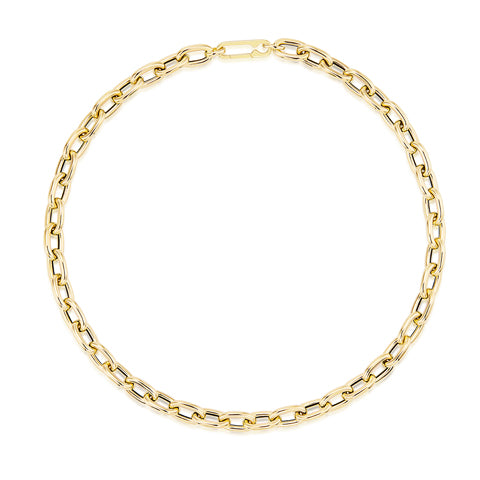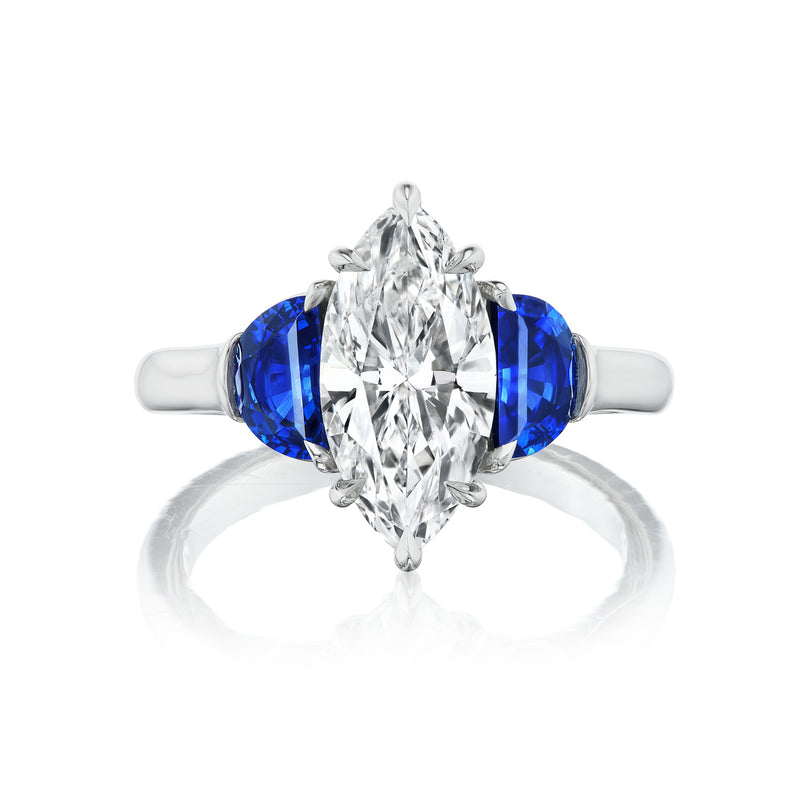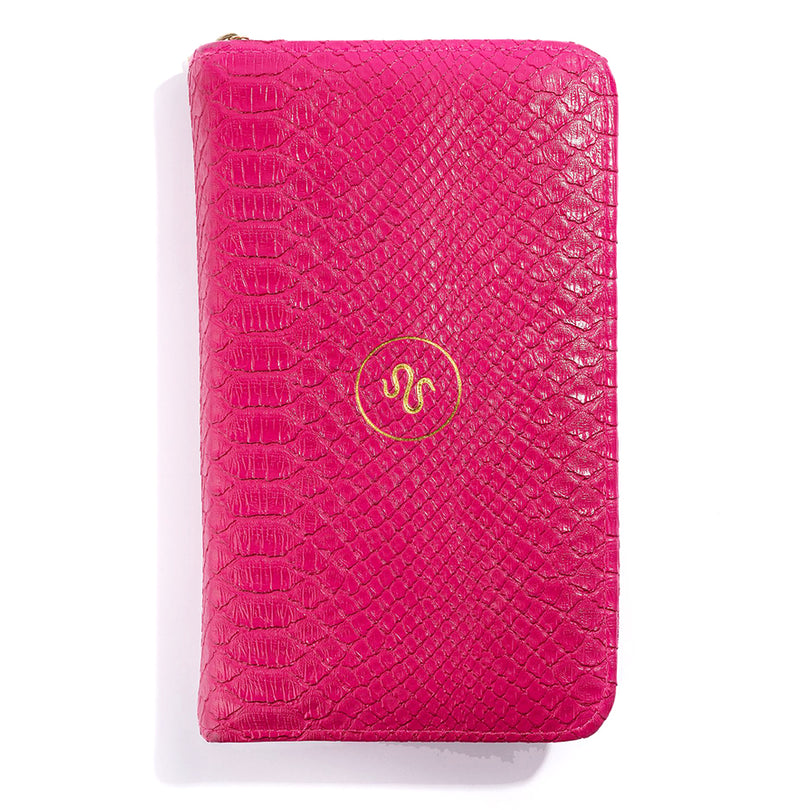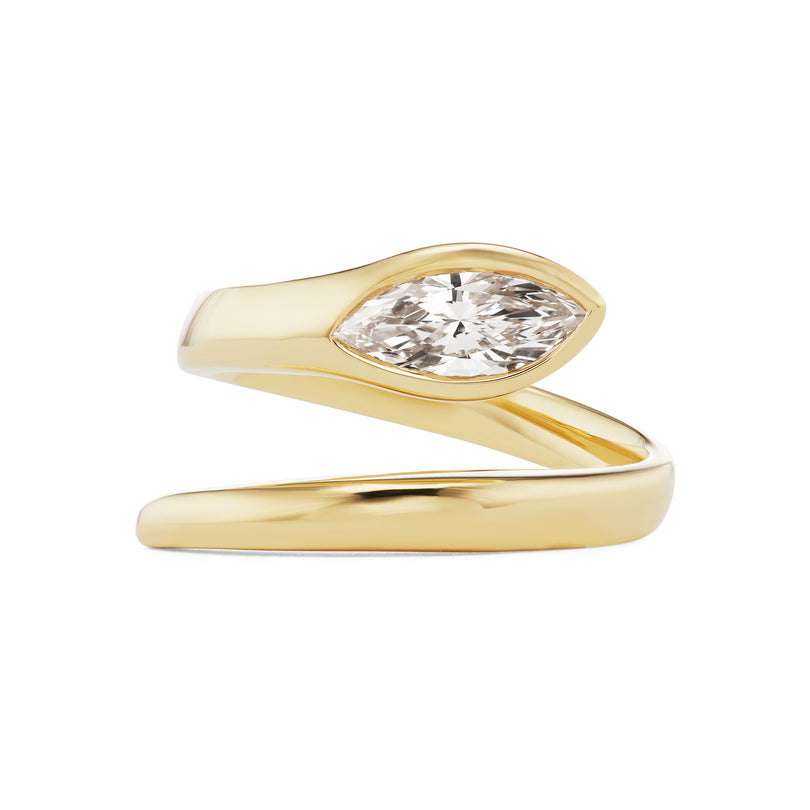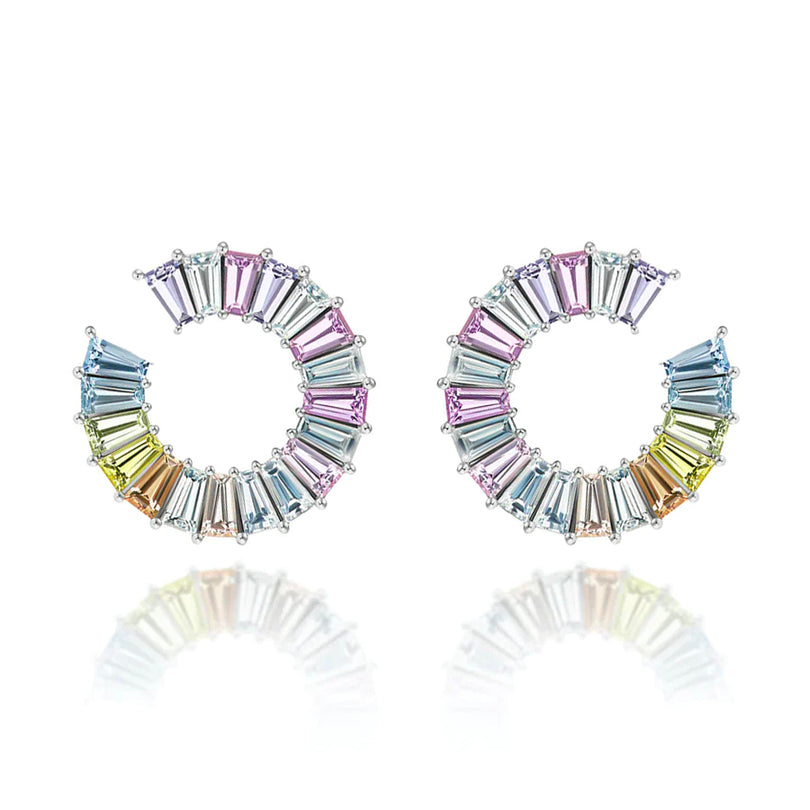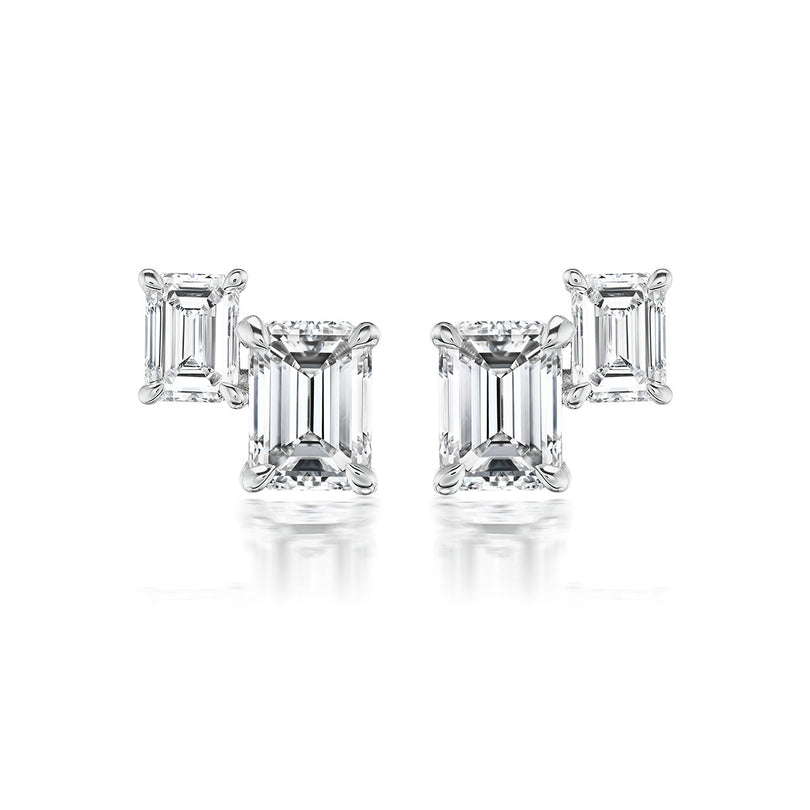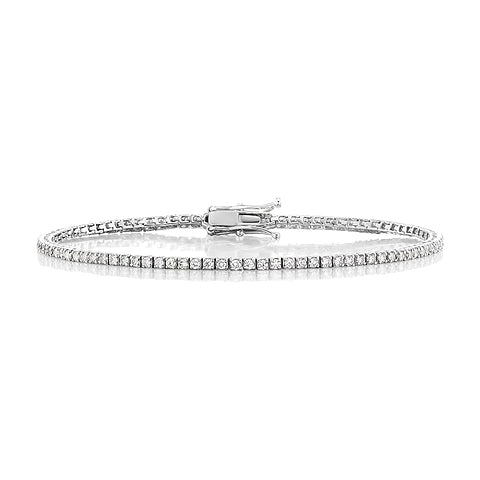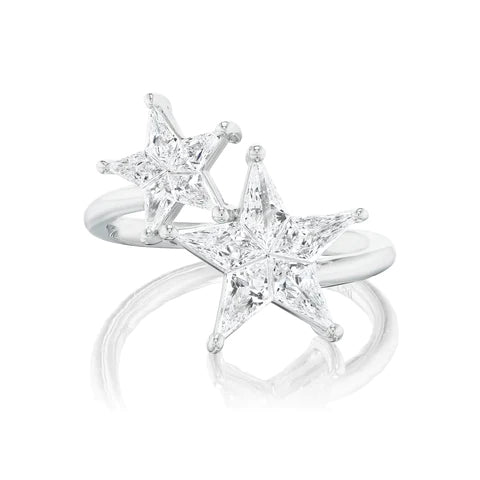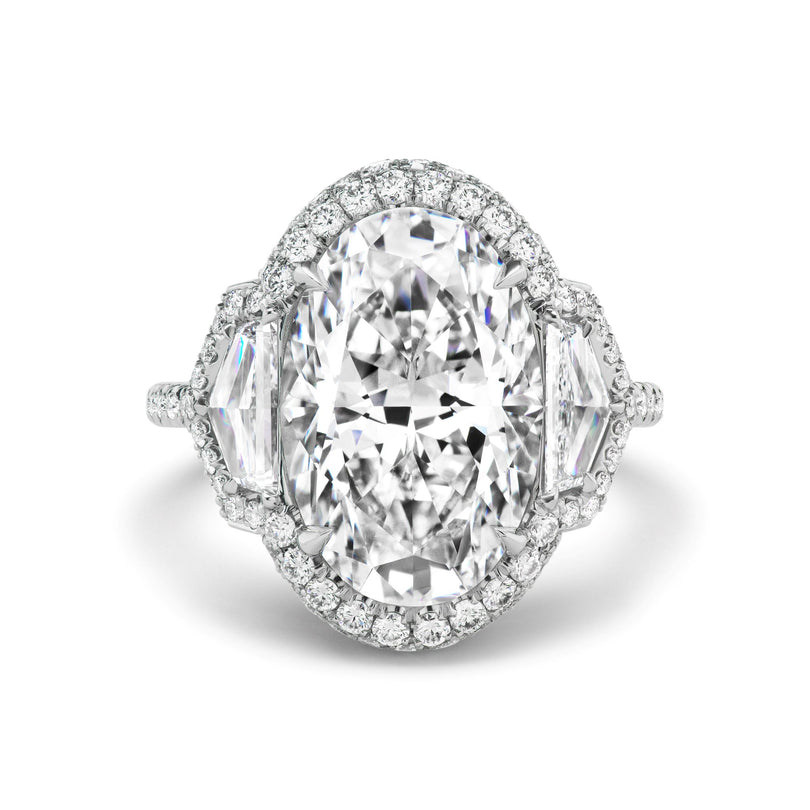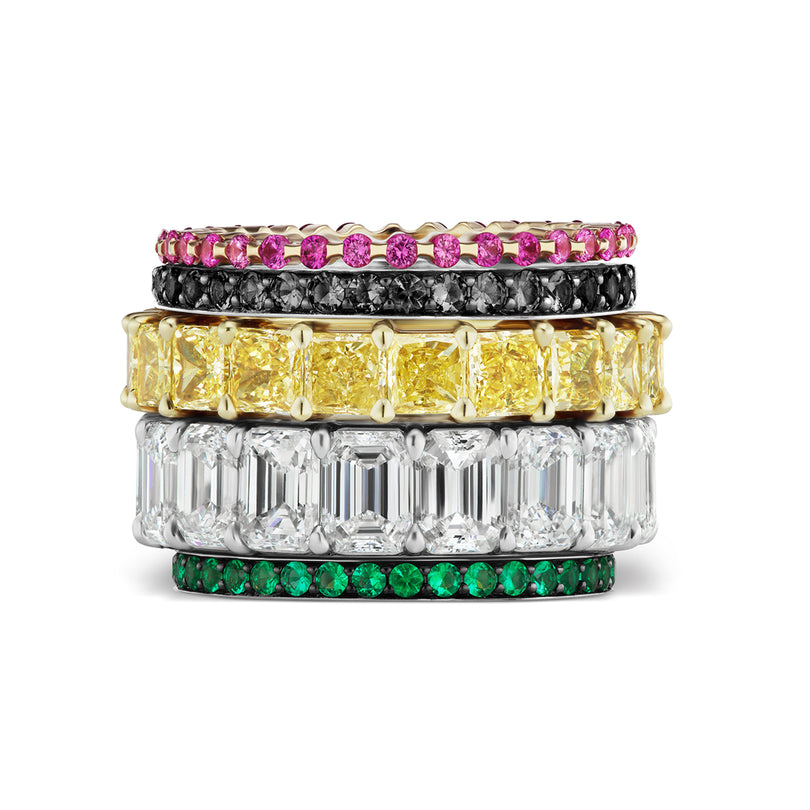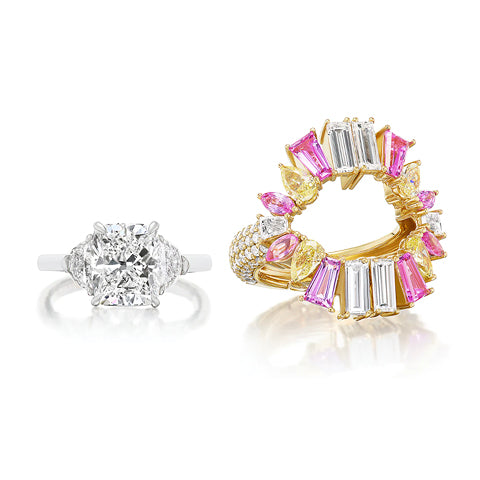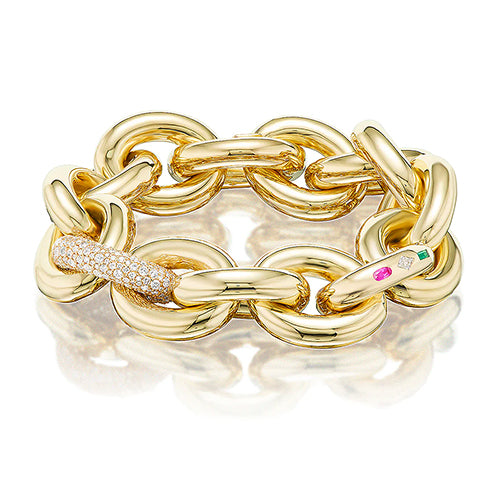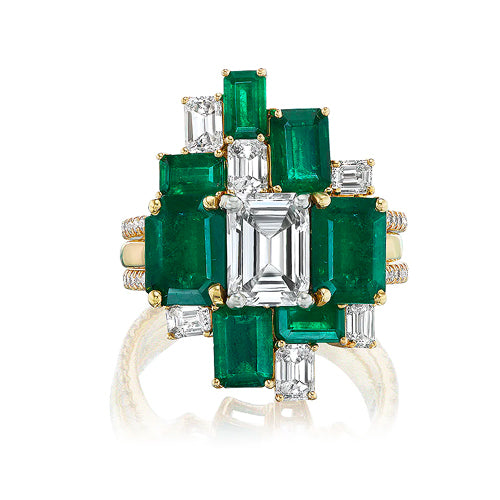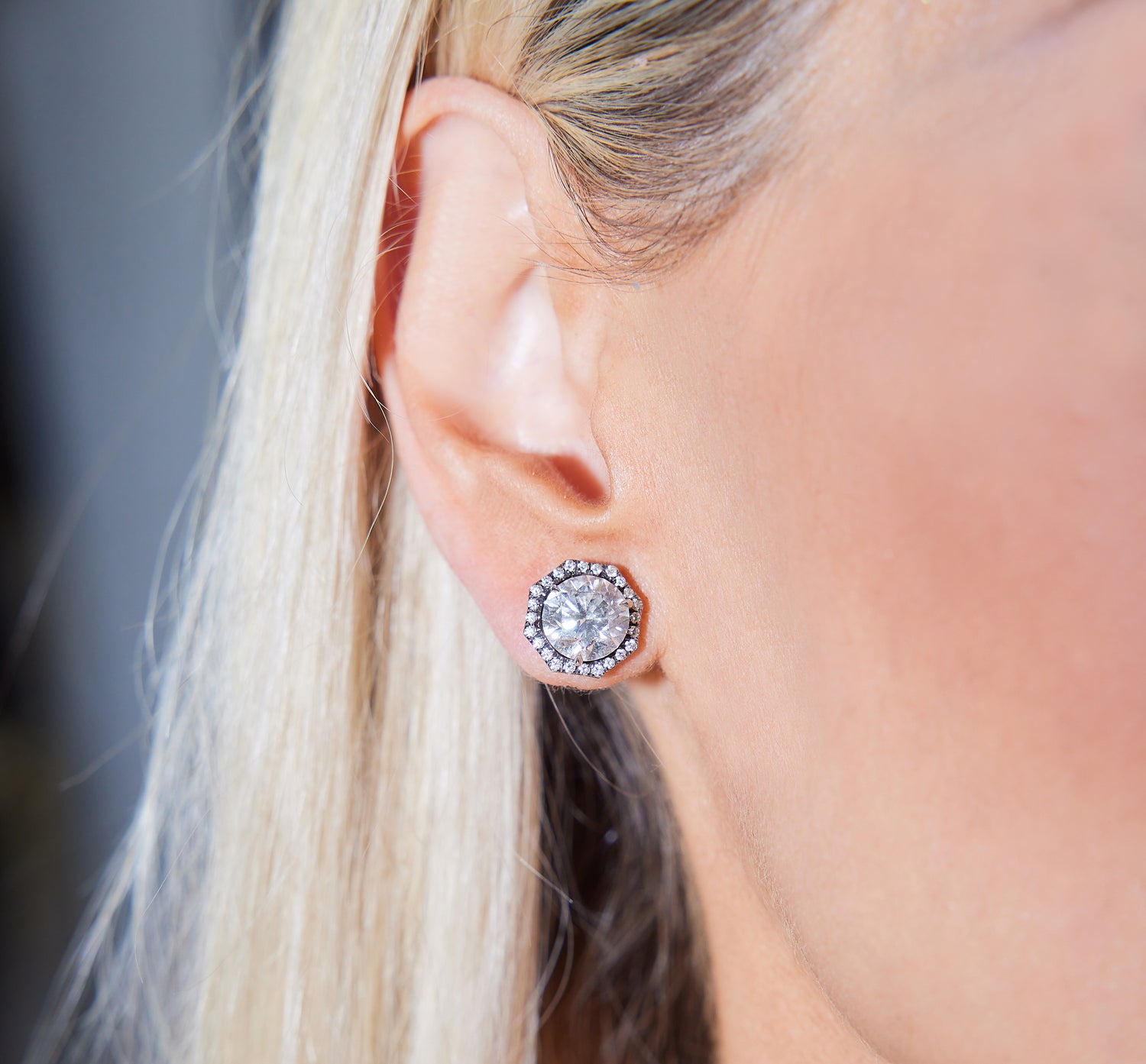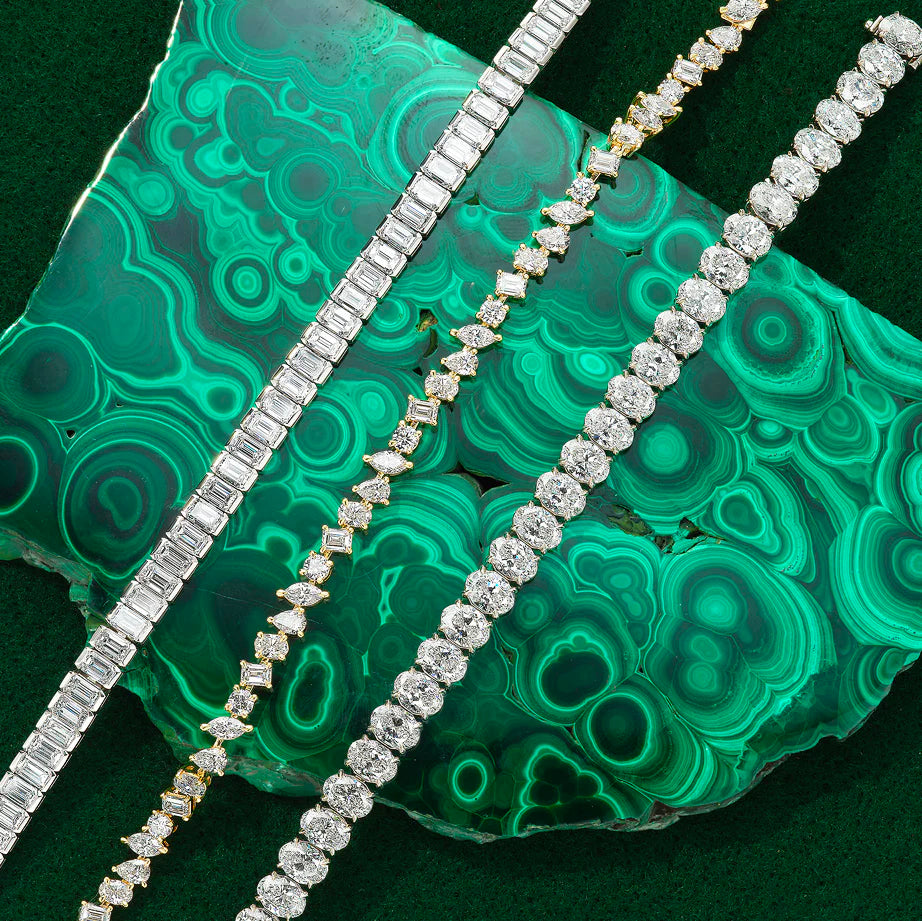Diamond studs are a Serpentine specialty and the ultimate jewelry box essential. A hallmark of elegance, studs make anyone look instantly more pulled together, and can be worn from sunrise to sunset (and well after dark!). Our most popular gift for birthdays and anniversaries, as well as a common “treat yourself” choice, studs suit all types of women and will never go out of style.

Whether you’re in search of day-to-day sparkle or are interested in making a head-turning investment, there are important factors to consider when buying diamond studs. At Serpentine, we pride ourselves on helping you make an informed decision that allows you to get the best value for your budget.

Read on for a step-by-step Serpentine guide to finding the perfect diamond studs!
STEP 1: TRY ON AND SET A BUDGET
Begin the diamond stud process by working with your trusted jeweler (hopefully me!) to explore a variety of shapes and sizes to get a sense of what you like. Because your budget will have the biggest impact on the approximate size of your earrings, it’s best to also determine a price range during this step. High-quality diamond earrings historically retain their value and become cherished heirlooms for generations to come.

STEP 2: SELECT A SHAPE:
Whether the preference is a classic round cut or a more unique shape, diamond studs should suit an individual’s style and taste. Round is our most popular shape, but other favorites include hexagons, asscher cuts, heart shapes and emerald cuts.

STEP 3: UNDERSTAND THE 4 C's
Cut, Color, Clarity, and Carat Weight (a.k.a. The 4Cs) make up the global standard for understanding a diamond’s quality (more on those here!). Understanding and prioritizing these factors will help us choose the best studs for your preferences and budget. How we consider the 4Cs for diamond studs differs a bit from engagement ring diamonds. You can relax your standards slightly for diamond studs, as it’s rare that someone will be close enough to your ears to closely evaluate their characteristics. Here’s how we think about each of the 4Cs as it relates to diamond studs:
COLOR: Your diamonds should appear as white as possible (unless you’re using fancy yellow diamonds), but that doesn’t mean they need to be technically colorless. We sell many “near-colorless” diamonds that are perfect for studs, as our clients find more “bang for their buck” in the G-J color range.
CLARITY: Clarity is the least important of the 4Cs, as long as your diamonds are “eye clean” and have no obvious imperfections. For studs, we suggest using diamonds with clarity grades of SI2 or higher. Diamonds with the same clarity grades are not equal, however. It’s best to choose diamonds with white inclusions vs. black inclusions as they are less visible—the farther the flaw is from the center of the stone, the better.
CUT: The cut of a diamond is extremely important because it determines its degree of sparkle. Well-cut diamonds return optimal light to the eye and create a diamond’s trademark fire and brilliance. No one wants dull diamonds—especially around your face, so choose wisely! I wouldn’t recommend sacrificing on the cut of your diamonds in any way.
CARAT WEIGHT: A diamond’s carat weight is a good indicator of how it will appear in size, especially with round diamonds. The right proportions for your diamond studs depends on the size of your earlobe, personal preference, and perhaps most importantly—your budget. Many of our clients would prefer to optimize for size as much as possible, without sacrificing too much on color and clarity. Our most popular size for studs is between 1.5 and 3 carats per ear.

STEP 4: SELECT A SETTING & DESIGN
Diamond studs can be set in various styles, from prong settings to bezels and beyond. We suggest keeping it simple. For the most classic solitaire setting, we recommend a “martini” setting to keep the diamond secure without distracting from its brilliance. Choose from 3 or 4 prongs (that extra prong doesn’t affect overall security, so go with your aesthetic preference!) Custom studs mean even the prong shape should be considered (the claw shape is my personal preference for its sleek appearance). Make sure that your settings are handmade to your exact diamonds—not set in a pre-made mounting. This removes any unnecessary metal and allows the bottom tip of the diamond (called the “culet”) to sit as low as possible to your earlobe.

STEP 5: SELECT A METAL
Diamond studs are set in precious metals like platinum or 18k yellow, white and rose gold. When selecting a metal, consider your personal style but also your skin tone. For prong settings, we almost always recommend 18k white gold or platinum, as it blends in with the facets of the diamond best and makes your stones appear to be floating. For a bezel setting, we love 18k yellow gold or rose gold for a streamlined, modern look.

STEP 6: SELECT A BACKING
Often considered an afterthought, we encourage our clients to evaluate the type of backing they prefer for their diamond studs. A secure and comfortable option that also keeps the diamonds secure and propped upright is recommended. Many clients assume they want screw-backs, but we don’t actually recommend those unless your diamonds are on the smaller side. Screw-backs may lessen the chance of the earrings accidentally falling off, but they don’t allow you to properly position your earlobe between the earring and the back, causing the earring to hang forward.
Overall, there are a multitude of factors to take into account when investing in diamond studs and we pride ourselves on helping you make a confident and informed decision. Whether you’re celebrating a special occasion, treating yourself, or taking your existing studs to the next level, Serpentine is ready to help you with this jewelry wardrobe must-have!
Click here to book an appointment now!
P.S.: Once you have your perfect pair of studs, we suggest adding a pair of our signature Serpentine ear jackets—the ultimate transformer piece with endless possibilities.

